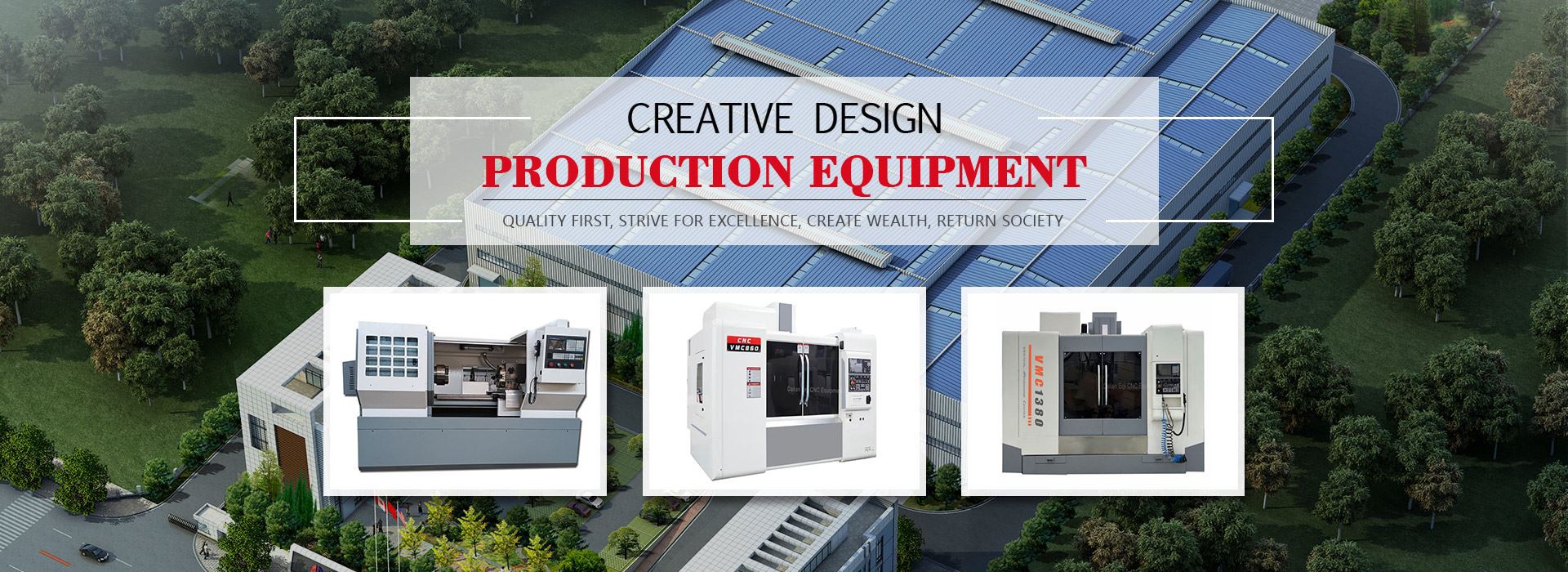Several Basic Principles Of CNC Lathe Processing Technology
Nov 08, 2023
The entire machining process of a CNC lathe is achieved by executing the machining program of the workpiece. Therefore, the quality of the machining program directly affects the final machining accuracy and efficiency of the workpiece. The condition for programming the workpiece processing is the confirmation of the process organization. This article briefly introduces the process guidelines that efficient CNC machining on CNC lathes should follow, hoping to be helpful to us.
We know that CNC lathes are highly complex processing equipment. Before programming the workpiece processing, it is necessary to confirm its processing technology based on the design requirements and processing content of its drawings. Generally speaking, the confirmation criteria for processing technology should follow the following basic principles:
1, Generally speaking, in order to ensure the final machining quality of the workpiece, we divide the machining of the workpiece into two stages: rough machining and precision machining. For workpieces with higher machining accuracy, we also add a semi precision machining stage. When performing CNC machining on a CNC lathe, this guideline should also be followed. When CNC lathes are used for rough machining of workpieces, they can quickly cut off most of the machining allowance, minimize the number of tool passes as much as possible, and shorten the rough machining time; During precision machining, the main focus is on ensuring the accuracy and surface quality of the workpiece. Therefore, in general, the final summary of the workpiece during precision machining should be formed by continuous precision machining with the final tool.
2, The principle of one-time clamping and positioning is the basic machining feature of CNC lathes, which realizes multi process machining of workpieces through one-time clamping. Therefore, when confirming the machining process of the workpiece, the maximum concentration of each machining process should be achieved. Try to reduce the number of clamping times as much as possible to minimize unnecessary positioning errors and repetitive clamping processes.
3, When the workpiece to be processed has both inner and outer surfaces that need to be processed, when organizing the processing sequence, the inner and outer surfaces of the workpiece should be processed first before the outer surface. If phased processing is carried out, rough machining of the inner and outer surfaces should also be carried out first, followed by precision machining of the inner and outer surfaces. 4, As we mentioned earlier, CNC lathes are a type of composite machining machine that can be used not only for turning but also for boring. When there are both flat surfaces and holes on the workpiece to be processed, the sequence of turning the flat surface first and then boring the hole should be carried out. Due to the large cutting force during turning the flat surface, the workpiece is prone to deformation. Turning the flat surface first and then boring the hole allows it to recover for a period of time. After it recovers and deforms, boring the hole is beneficial to ensure the machining accuracy of the hole.







